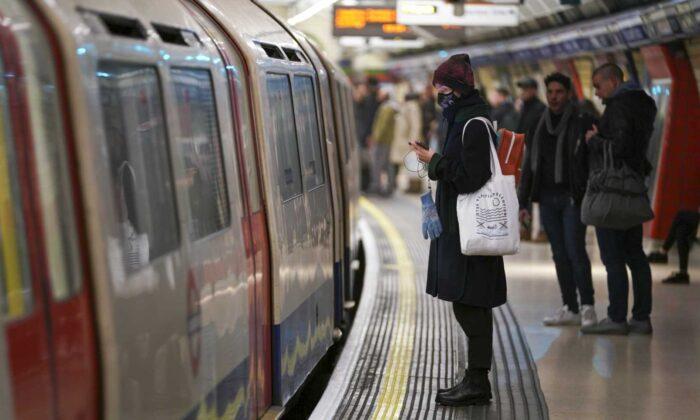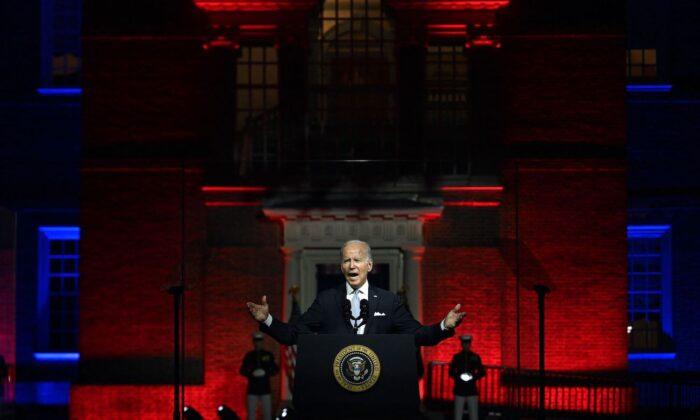I suggested a way to define the problem we want (or want policymakers) to address. Deciding on the best two or four options to examine, we still need to decide on criteria for selecting the best option, to examine the trade-offs any decision involves, and to project the likely outcomes or impacts of each of our alternatives, before deciding on one of them.
Criteria
Having selected the best few policy alternatives, how do we choose among them?We need to consider what people want and so the political feasibility of each option. Will they accept indefinite restrictions as too intrusive and ruinous, or will they reject as reckless an approach based on early relaxation of measures?
How cost-effective is each alternative, assuming that resources are not limitless?
What is most important to you? What would it look like if the worst happened, and what would be bad about it?
Trade-Offs
A wise policymaker soon learns that we usually have to make trade-offs, choosing to emphasize one desirable goal at the expense of another. We do this all the time as individuals.We choose a longer commute in order to take a job that pays better. We value both automobile safety and affordability. At some price point we choose to buy a cheaper but less-safe car we can afford rather than an exorbitantly expensive but safer one.
No serious policy analysis can avoid confronting such trade-offs. We may talk as if saving lives, reducing mortality, is the sole criterion for policy. Politicians sometimes talk this way, but no-one believes it in real life.
Traffic accident fatalities are around 40,000 annually in the United States, similar to numbers of COVID-19 deaths the government projects. No-one proposes banning motor vehicles or making them safe at the cost of limiting ownership to the very rich as a way to save lives, even a single life. But the same reasoning is favored by those who want increased gun control.
When we weigh benefits and costs of various options for control or suppression of the virus, we may recognize the importance of drastic measures, even staying in place and the closing of all non-essential business for a limited period.
But there’s a trade-off between the projected outcomes of draconian public health measures (reducing COVID-19 mortality) and limiting economic damage. They’re not different paths to the same outcome but a choice between outcomes.
Subordinating or ignoring economic imperatives also carries health and social costs—in terms of mental health (depression, suicide, anxiety) and family structure (breakdown of marriages), as well as poverty and mass unemployment.
Outcomes
Projecting the outcomes of each of our alternatives requires distinguishing what sincere, compassionate people intend to achieve by pursuing a chosen policy from its actual or projected results or impact.Outcomes are not intentions. Meaning well is not enough, especially if we’re not the ones paying the cost if our policy results in unintended consequences, as policies usually do. We need to consider worst-case scenarios and their likelihood, not just assume that things will work out for the best.
Deciding
We’re not in the position of making these kinds of choices—still less of meeting the challenges of implementing them—unless we’re policymakers or managers of health care systems. Most of us are more like viewers yelling advice to actors in television dramas. What can we learn from this kind of exercise in policy analysis?Benefits
For me, the process I’ve described is an aid to humility and to a spirit of tentativeness and open-minded inquiry. Those charged with making these kinds of policy decisions in real life are bound to act in this crisis in the face of uncertainty, with limited data and in fluid, ever-changing public health, economic, and political situations.It’s also a call to charity in the way we think and speak about our political leaders, national, state, and local. We have become inured to a politics of gotcha journalism and Twitter-fed outrage and grievance.
Let us assume, as much as we can, that our leaders have more information than we do and are using it in making hard decisions in unique circumstances—lockdowns and shuttering of much economic and social life are not normal even in wartime. In this exercise, we focus not on the failings or electoral chances of leaders, but on the policy options and dilemmas they face.
This exercise is a way to reach a degree of equanimity, recognizing that we don’t control these events however much we wish we could. Our anger at the choices others make or fail to make may be less helpful than our prayers—for leaders, families, and neighbors—as we, in our physical isolation, find ways to build and support our own community.





